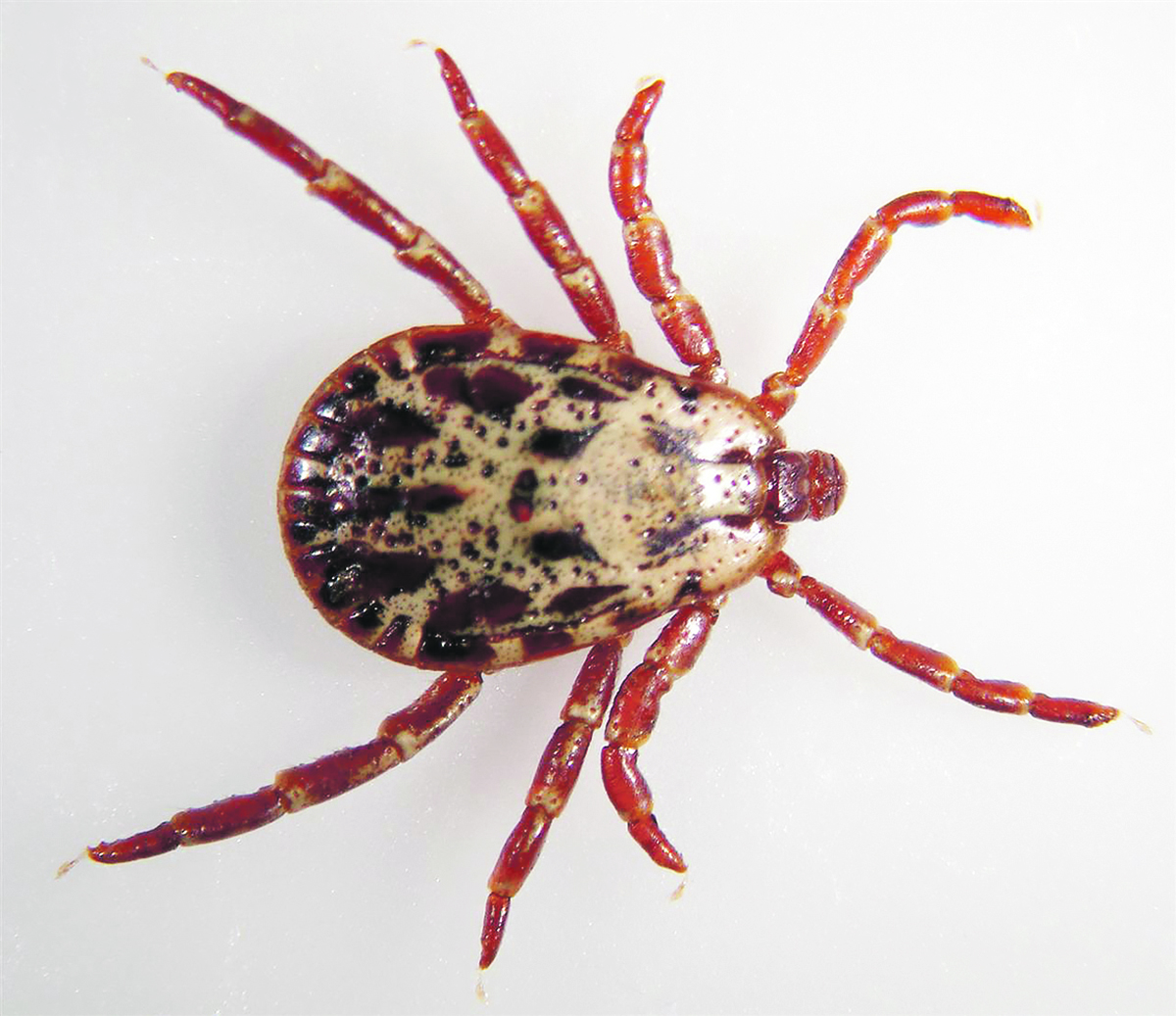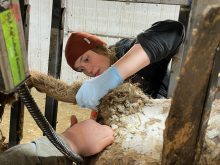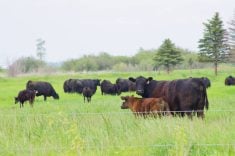We can expect climate change to have effects on animal health in many different ways. Indeed, there is already evidence that the warming and altered climate affects disease dynamics in important ways.
At its most basic level, climate change has increased global temperatures, and this will continue and accelerate, given our current trajectory.
Heat stress has historically not been a huge factor in Canadian animal production systems like it has elsewhere in the world. As our summers become warmer and longer, we can expect that heat and its negative effects will be a production-limiting factor.
Read Also

Feds propose overhaul of chronic wasting disease control program
Chronic Wasting disease control program getting updated by Canadian Food Inspection Agency with feedback encouraged from producers.
Weather can have subtle but major effects on disease, and with climate change, altered weather patterns and more extreme weather events such as storms, winds, droughts and tornadoes can directly harm or kill animals.
In our part of the world, there have been sequential periods of the last few summers where wildfires, both near and far, have significantly reduced air quality.
The effects of smoke inhalation are related to the tiny particles that float in smoky air. These can include more subtle challenges to the immune system, leading to increased inflammation and susceptibility to pneumonia, decreased production parameters and effects on pregnancy and fertility.
Droughts can decrease water quality and also be key to outbreaks of disease such as anthrax.
Beyond the direct effects are more subtle changes that will become increasingly important in the next decades. The most significant of these is the effects of climate change on infectious diseases.
Historically, animal production in Canada has had a geographical advantage in this respect. Our country’s harsh, long winters and generally colder climate have limited the spread and severity of many important infections in animals.
These guard rails are about to come off in a substantial way.
Vector-borne pathogens, which are bacteria and viruses that are spread by things that bite, will be making their way north.
Mosquitoes, ticks and flies are effective at spreading a variety of infectious agents. Shorter and milder winters will extend the range of these biting creatures, where previously long stretches of extreme cold kept them in check.
To give a specific example of this, let’s consider Lyme disease.
It is caused by a bacterium that requires it to persist in multiple stages and in several hosts in order for ticks to spread it effectively.
Climate change will expand areas where this disease is a concern. Longer spring, summer and fall seasons will allow for more opportunities for the tick to find the necessary animal hosts to spread the bacterium.
The result will be more humans (and pet dogs and horses) coming in contact with ticks that carry this pathogen.
We are already seeing this play out with enlarged tick ranges and more Lyme disease cases in southern regions of British Columbia, Manitoba, Ontario, Quebec and the Maritimes.
Infections that are considered foreign risks may show up here and do well. For instance, Western Canada’s feral pigs are susceptible to African swine fever, which is ravaging Europe and Asia and is expected to have increased spread with warmer global temperatures.
Back in 2017, I diagnosed the first cases of epizootic hemorrhagic disease in white-tailed deer in Ontario. This viral disease is spread by small biting flies and causes fatal illness in deer populations in the United States.
It wasn’t an issue in Ontario until those cases turned up on my autopsy table. Warmer temperatures likely favoured an increased range of the blood-thirsty flies that carry the virus.
The closely related blue-tongue virus, which causes equivalent disease in sheep and cattle, will likely start popping up on the Prairies in the years to come.
Parasites and the diseases they cause are another type of infection that will become more of an issue in Canadian production systems.
Warmer and shorter winters correspond to longer and warmer summers, which will increase the overwinter survival of all sorts of parasites. For example, some types of worms will undergo two cycles in the summer rather than the normal one cycle they used to complete.
There are important downstream effects of increased parasite loads, besides the direct impact on the animals themselves. Increased use of anti-parasitic medication will be an additional cost to producers. As well, the more these drugs are used, the more opportunities parasites have to develop resistance to them.
Climate change will have real and sustained negative consequences for animal health in our country. It is in our collective best interest to support efforts to mitigate and reverse this global disaster.
Dr. Jamie Rothenburger, DVM, MVetSc, PhD, DACVP, is a veterinarian who practices pathology and is an assistant professor at the University of Calgary’s Faculty of Veterinary Medicine. X: @JRothenburger















